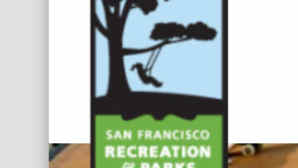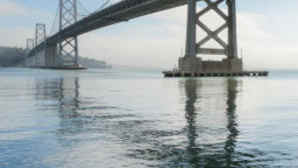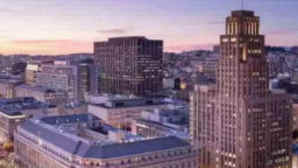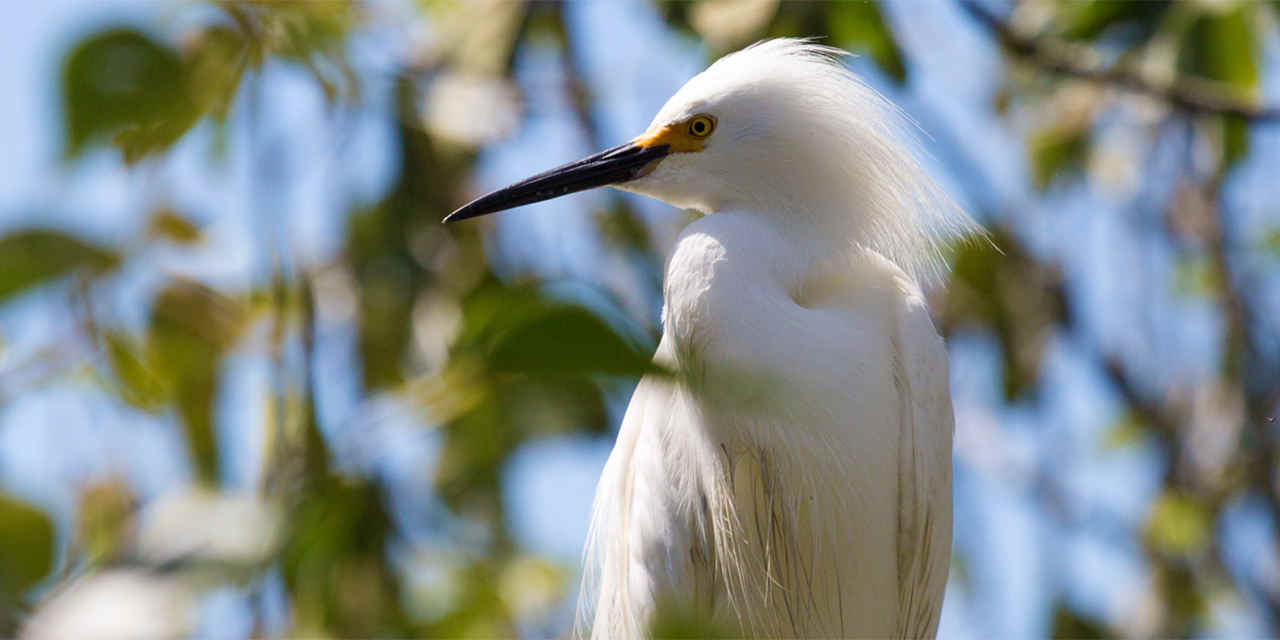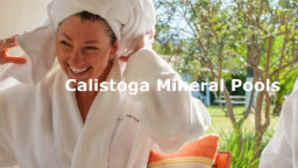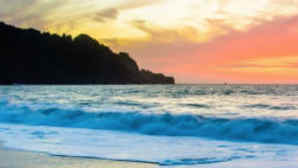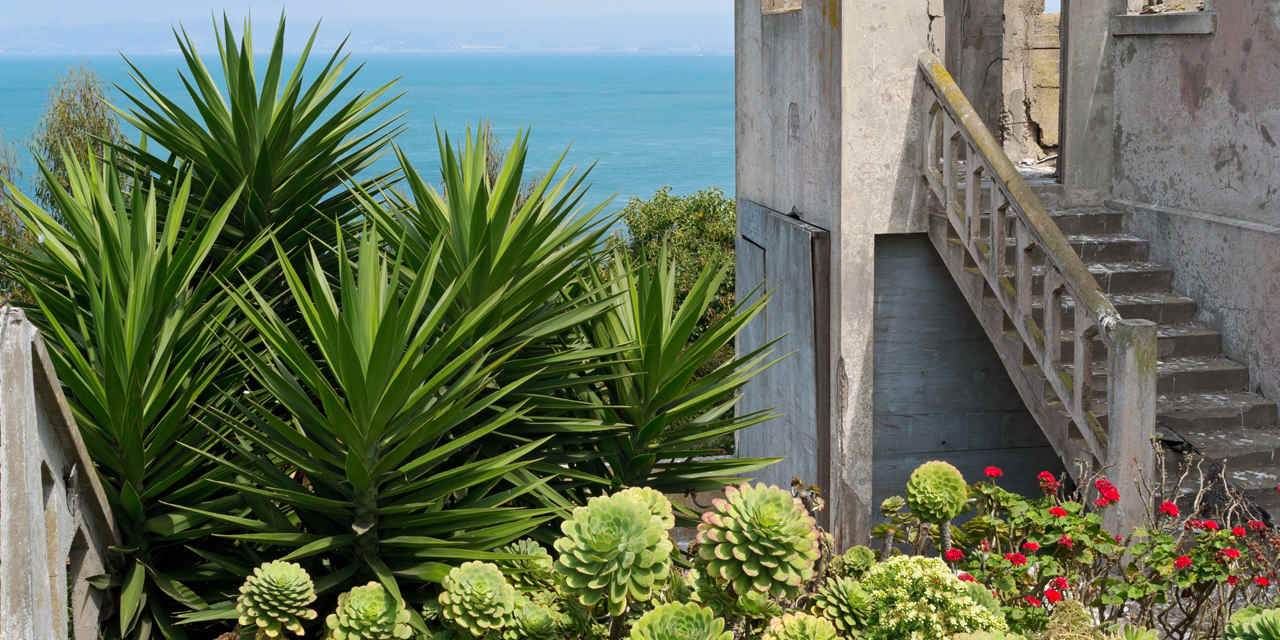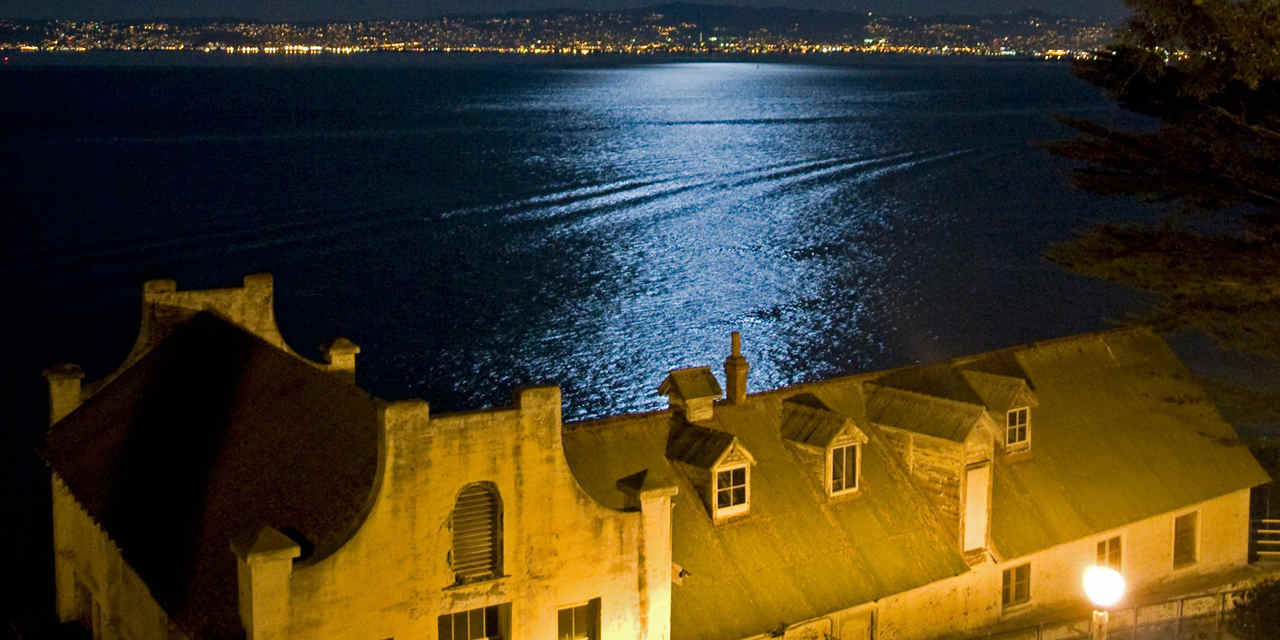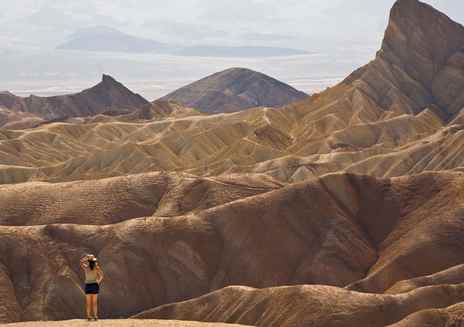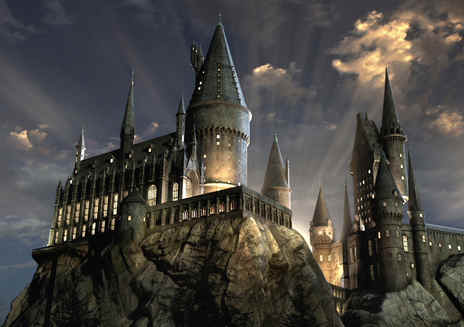For the latest on COVID-19 (Coronavirus) click here
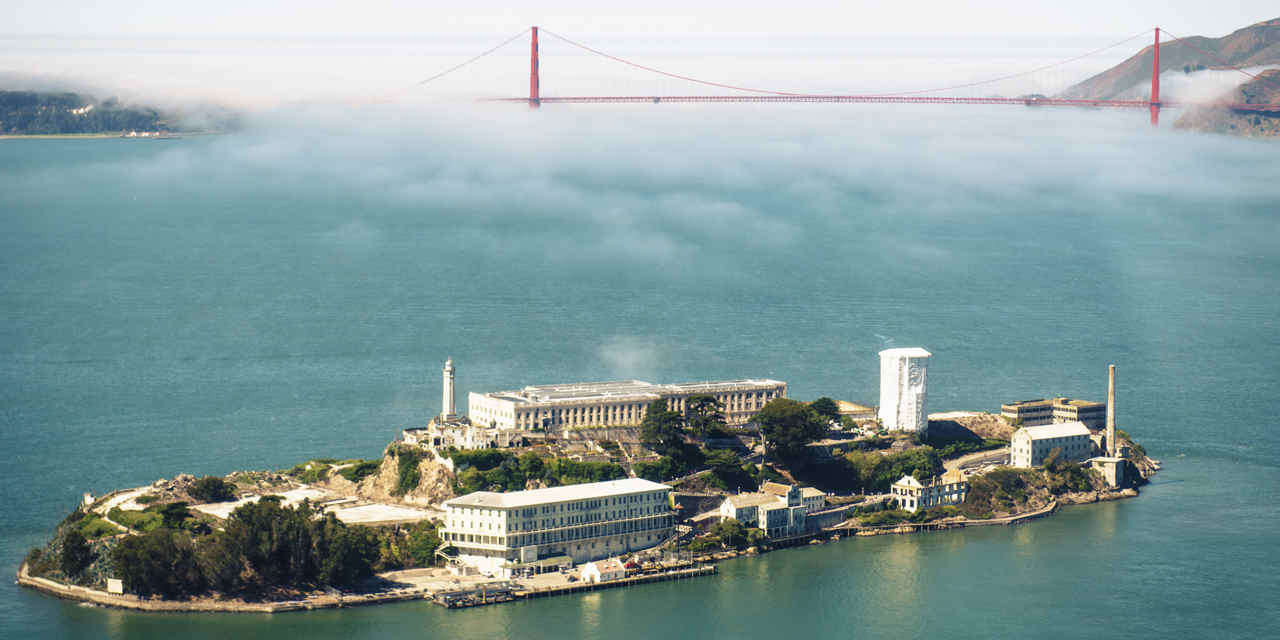
Spotlight: Alcatraz
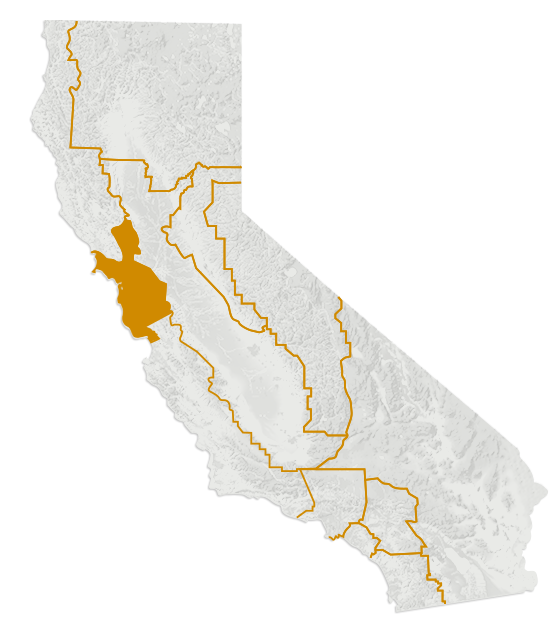
In 1854, the West Coast’s first lighthouse was built on San Francisco Bay’s Alcatraz Island to guide the ships coming and going through the Golden Gate. Government officials quickly decided that the tiny, 22-acre island aptly nicknamed “The Rock” was also an ideal location for a federal penitentiary—so close and yet so far from bustling San Francisco. The island’s sheer cliffs were surrounded by perilous currents, extreme tides, and hypothermic water temperatures, so escape from this prison seemed impossible.
Alcatraz served as a military prison from the time of the Civil War until 1934, when it was converted to a civilian penitentiary. Although it operated for only three decades, The Rock remains fixed in the American psyche as the ultimate penal colony—thanks in part to Hollywood films such as the Clint Eastwood classic Escape from Alcatraz. The prison housed some of the country’s most notorious bad guys: Al Capone, George “Machine Gun” Kelly, and “Bird Man” Robert Stroud, a murderer who became an expert in ornithological diseases.
Take a ferry to the island and explore the abandoned prison by day or by night. The 20-minute boat ride is reward enough with its invigorating salt spray and expansive bay views, but your ferry ticket also covers admission to the island, an optional ranger-led tour, and a 40-minute self-guided tour of the cell house with an audio headset. The narrated program, “Doing Time,” weaves together voices of actual inmates and prison guards with actors’ re-enactments, making the prison’s empty walls come to life with tales of food riots, solitary confinement, and escape attempts. A total of 23 prisoners tried to break out of Alcatraz, but all were killed or recaptured except for three men who escaped in 1962. Their whereabouts are still unknown.
As you tour, step inside the open cells and imagine the tedium and loneliness. Walk around the guardhouse, exercise yard, and the surprisingly lush gardens that surround the buildings. Alcatraz may seem sinister from the inside, but outside you’ll find dazzling views of San Francisco, the Golden Gate Bridge, lush Marin County to the north, and nearby Angel Island, a California state park.
Insider tips: Get to The Rock via the Alcatraz Cruises ferry from Pier 33 on San Francisco’s Embarcadero near Bay Street. Ferries usually fill up on weekends and holidays, so book your tickets at least three weeks in advance. Plan on two or three hours for the entire trip. Wear comfortable shoes for the steep walk from the dock to the prison, and bring a jacket or windbreaker for San Francisco’s famously cool weather.
—Ann Marie Brown
Birding on Alcatraz
The human history of Alcatraz captures the imagination, but its natural history is just as fascinating. Long before people set foot on The Rock, it was home to thousands of nesting birds. In the 1770s, Spanish explorer Juan Manuel de Ayala named either this island or neighbouring Angel Island—no one is sure—Isla de los Alcatraces, or “island of the pelicans,” due to its abundance of seabirds. Human activities from 1850 onward drove out the birds, but soon after Alcatraz Prison closed in 1963, the avian residents returned. Today, more than 5,000 nesting birds call Alcatraz Island home.
What birds you will see depends on the month of the year and what parts of the island are open to visitors. Seabird nesting season begins around February 1 and continues until August, although the greatest activity occurs between April and June. Depending on your timing, you might see courtship rituals, nest building, and/or parents rearing their young.
In February, Western gulls return each year to claim their territory and raise their young on the island’s historic parade grounds below the Alcatraz lighthouse. Gulls build more than 500 nests on Alcatraz each year, making this one of the largest nesting sites for Western gulls on the West Coast. By June, the crumbling concrete is covered with chicks.
In April and May, black-crowned night herons and snowy egrets build their nests in shrubs, trees, and bushes around the island. You can often see them near the parade grounds or along the island’s West Road.
For most birders, the coveted prize is a sighting of Brandt’s cormorant, a West Coast seabird that spends most of its life far out to sea, diving into the ocean for food. The male’s breeding plumage includes a gorgeous blue throat patch, which he shows off by pointing his beak up toward the sky. As many as 2,000 pairs nest on Alcatraz’s rocky outcrops every spring.
Want more? Walk anywhere on the island and you might get a front-row-centre view of pelagic cormorants, Canada geese, and mallards. Pigeon guillemots are easily seen near the island’s dock; they nest in broken piles of concrete and masonry. You can spot plenty of songbirds, too: White-crowned sparrows, golden-crowned sparrows, and song sparrows make their homes in shrubbery and decaying concrete. Yellow-rumped warblers and Townsend’s warblers are also common island visitors.
Hike Alcatraz’s Agave Trail
Everyone who has ever visited San Francisco knows about Alcatraz Island, but few people know about the island’s Agave Trail. Agave plants—sharp, spiky succulents that can be made into a sugar substitute and tequila—were planted on Alcatraz by prison guards and their families in the 1930s and 1940s. Their sharp, pointed leaves added beauty to this forlorn place and also created a horticultural fence that deterred would-be escape accomplices from landing boats on the island. This 0.7-mile Agave Trail leads along the base of a steep hillside dotted with four different agave species—some with flower spikes that rise 40 feet skyward.
Although you can visit Alcatraz and its famous prison almost any day of the year, walking the island’s Agave Trail is possible only between late September and February 1—which happens to coincide with San Francisco’s clearest, most fog-free weather. The rest of the year, the trail is closed to protect nesting birds.
The Agave Trail begins just south of the ferry dock. The stone-lined path meanders through a eucalyptus grove, then descends to within a few feet of the water’s edge, giving you, a front-row view of boats sailing past and seagulls flying overhead. Lapping waves spill onto the walkway, and unforgettable views of downtown San Francisco and the Bay Bridge unfold. As the trail curves around the island’s south side, you’ll pass the large sign you probably glimpsed on your ferry ride, warning that “persons procuring or concealing escape of prisoners are subject to prosecution and imprisonment.”
During low tides, Alcatraz’s rocky tide pools are exposed along the bay’s edge. A rare occurrence in San Francisco Bay, these tide pools were formed from artificial rubble created by years of blasting and building on the island. Sea anemones sway back and forth in the current.
The trail heads uphill on flagstone steps to the island’s parade grounds, built out of solid rock by military prisoners in the 1870s. The grounds were once ringed by the houses of guards and their families, but the homes were demolished in 1971 and their remains scattered across the concrete yard. These large rubble piles are now homes for burrowing owls, night herons, Western gulls, salamanders, and deer mice (the only mammals living on the island). From the parade grounds, your view expands to take in dramatic views of the Golden Gate Bridge, Treasure Island, the Bay Bridge, and parts of the Marin Headlands. San Francisco shimmers to the south.
Alcatraz Speciality Tours
Regularly scheduled day tours to Alcatraz are a great way to tour the grand but spooky prison perched on an island in San Francisco Bay, but for a different look at 'The Rock', try one of these tours.
Night tour (ticket info): the eerily beautiful Alcatraz looks even more intriguing on guided night-time tours. This is when the island is at its most photogenic—you can get amazing sunset shots of the Golden Gate Bridge and the city skyline lighting up as the sun goes down. Alcatraz Cruises’ Night Tour includes a narrated ferry ride around the island, a ranger-guided walk up the hill from the ferry dock to the prison, and the same self-guided audio tour that is available on daytime tours. Night tours leave San Francisco around 6 pm and last about 2.5 hours. Wrap up before you go—the island can be bitterly cold after sunset, especially when fog rolls in.
Behind-the-scenes tour (ticket info): if you think that you've 'been there, done that' at Alcatraz, sign up for the 4.5-hour behind-the-scenes tour, offered in the evenings. You’ll walk with a small group on a two-hour guided tour of the island, gaining access to places not seen on regular tours—the prison industries building, the Officers’ Row gardens, the upper levels of D Block, and the hospital, citadel, chapel and theatre. (Visitor sites change regularly and are not guaranteed.) Afterwards, your guide will hand you a headset and you can take the self-guided audio tour of the cell block. The behind-the-scenes tour leaves San Francisco around 4 pm; you won’t be back until 9 or 9.30 pm. No food is available on the island, so make sure you take snacks and water.
Garden tour (free): while Alcatraz prisoners paced in their jail cells, the prison warders and their families formed a gardening association, imported topsoil from nearby Angel Island and exotic plants from around the world, and set out to make the island grow. Their work paid off: tall, stately agaves, roses, fig trees, agapanthus, pelargonium, succulents and other ornamental flora flourished, and today they brighten the island’s incomparable views of San Francisco and the Golden Gate Bridge. More than 230 species of introduced plants grow in seven major gardens on Alcatraz. The non-profit Garden Conservancy, in partnership with Golden Gate National Park and the Golden Gate National Parks Conservancy, leads guided garden tours on Alcatraz—including to flower-filled spots that are usually closed to most visitors, such as the Rose Terrace and Officers’ Row—on Friday and Sunday mornings at 9.45 am. Tours are free and start from the ferry dock.



